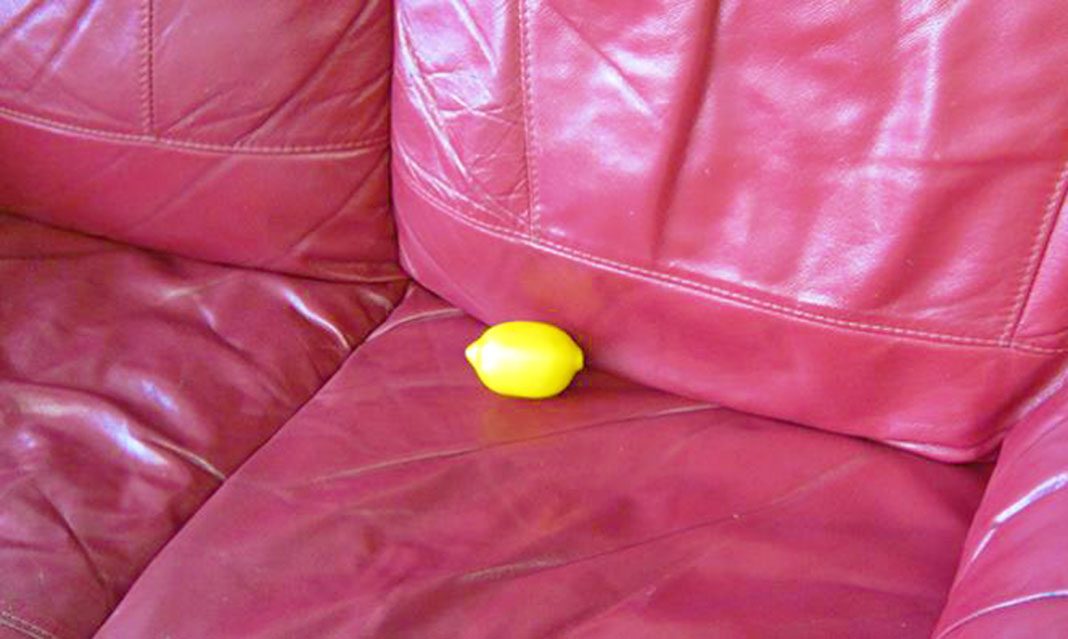Georgia Dickie is a Toronto-based artist. Her exhibition Agouti Sky at Oakville Galleries at Centennial Square is a presentation of street objects, brought outside of their typical habitat and into a gallery. The exhibition showcases twelve different sculptures, each encompassing an assortment of objects.
At first glance, Agouti Sky appears to be piles of junk. The exhibition features pieces of random objects that, when put together, seem like a junkyard. However, Dickie uses staging, grouping, balancing, and placing of objects found on the street to create an uncanny presentation of landscapes.
The sculpture Wendell Spinney (rainmaker) uses a huge satellite dish and other obscure objects. The satellite dish misses some wire mesh in its triangular panel. One panel includes a collage of pictures and cardboards. The uncanny aspect in the collage is a McDonald’s poutine box lid. Alongside this are pieces of paper, with different drawings and images, torn in different directions, all stitched together with a white thread.
Wendell Spinney (rainmaker) also included hats, baseball gloves, wires, plastic, broken porcelain, a green hamster wheel, and more. When I saw the items in a pile, I imagined an alleyway filled with unwanted possessions. Interestingly, the items are in good condition. This notion suggests that society gets bored of their belongings quickly, then tosses them away for the next best thing. The gently-used items that were put on the street demonstrates the wastage of material. Each piece in the sculpture has a story regarding its wants and needs—some are easy to uncover, while others require deep thought.
The most eye-catching piece in the exhibition was Horizon (Darryl’s Paris apartment). This sculpture included a bright red three-seater couch, hanging high on the wall, with two sagging figures melting into their seats. The figures are bodyless, merely two pairs of blue overalls. One with a Mickey Mouse gas mask and the other without a head. This abstract piece brings forth an uncanny feeling to the exhibition. Why is there a couch hanging on the wall? What purpose does this serve? If a couch is on a wall, how does one rest on it? Why are overalls melting into their seat?
Bimbo Hamper was a piece curated with baskets, a blue-plastic child seat, paper towels, and a case of plastic water bottles. This sculpture screams single use paper and plastic. Once we use a paper towel, we throw it away, just as we throw away a plastic water bottle. Also, once a child outgrows their seat, the object gets thrown away too.
The largest sculpture in the gallery is titled Reef. This piece takes up the middle part of the exhibition and features an assortment of items, most of them include tools of manual labour such as: dollies, coil, wood, metal, a box of tools, and more. The placement of the objects are in obscure positions which suggest the multitude of work which falls under the manual labour category. The objects are also worn-down and rusty because of their time of use.
An intriguing aspect of this sculpture was a wooden tabletop with several satellite dishes hoarded together underneath. When I first saw this, I was confused, wondering why they were on the floor. Then, I began to think of the evolution of television. Most of us use streaming services, such as Netflix, Hulu, and Crave TV. Cable television is not used as regularly as these services nowadays. The notion of satellite dishes pushed under a table suggest society gets rid of things when something more modern and convenient arises.
Dickie utilized the entire space of the room to showcase street objects in a different form. She uses the height of the walls and open space of the floor. Her assortment of objects curates the theme that society can be wasteful considering matter is neither destroyed nor created. What we use always has a story and leaves a footprint on Earth. This exhibition helps the community to understand our impact on this planet by putting everyday objects into perspective. We shouldn’t be wasteful, but rather mindful of the way we obtain and dispose objects.
If you’re interested in an abstract yet modern gallery, visit Agouti Sky, running until January 5, 2020.



